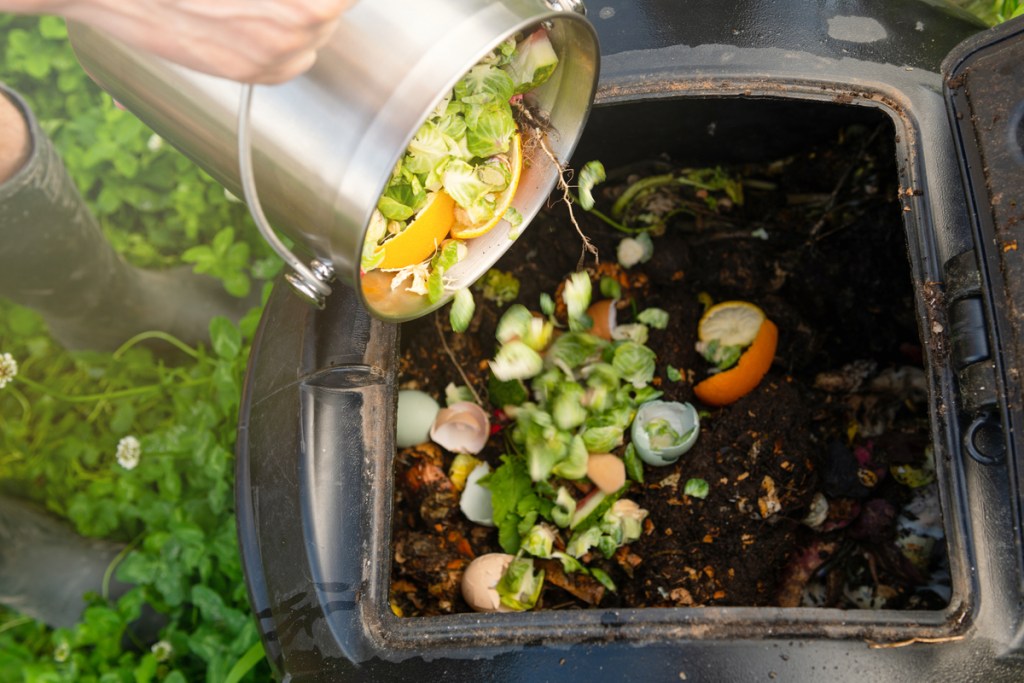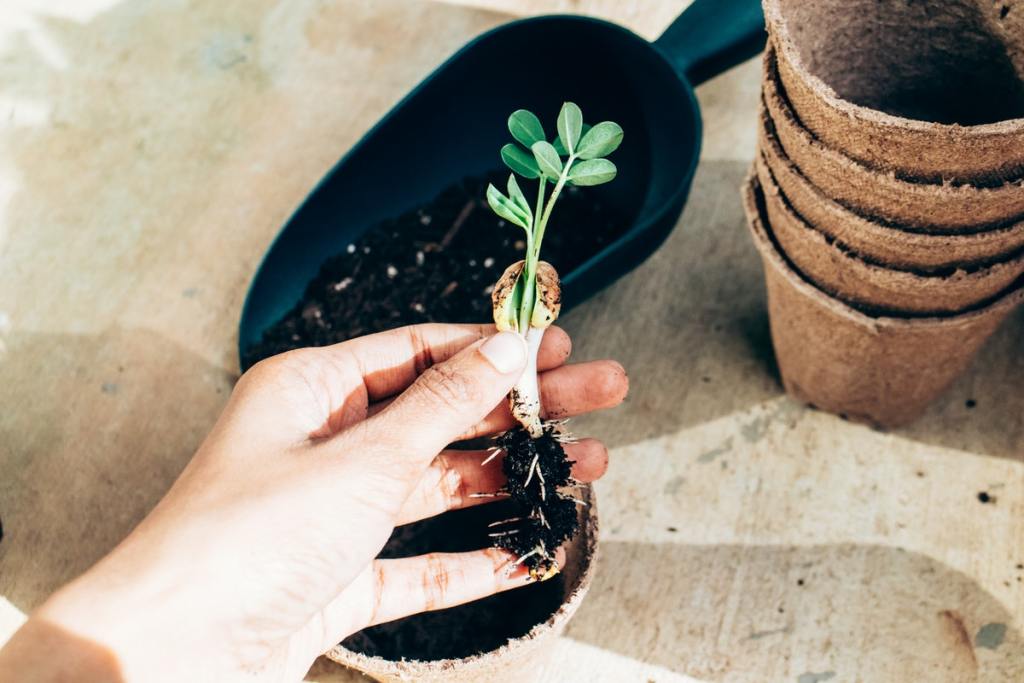
What happens in a healthy composting system is nothing short of astonishing. An entire ecosystem of creatures, including fungi, bacteria, actinomycetes, and a variety of macroinvertebrates, transform home, yard, and garden waste into an extremely valuable soil amendment. Making compost is an excellent way to divert trash away from the landfill and produce something that will improve your yard and garden.
Several factors determine composting efficiency such as particle size, the ratio of carbon to nitrogen in the mix, oxygen and water levels, system volume, and more. While it’s possible to compost virtually any organic material in a high-efficiency system, certain items should be avoided in the interests of health and safety.
Inorganic and non-biodegradable materials
Composting only works on biodegradable, organic materials, such as produce scraps, coffee grounds, shredded paper, fallen leaves, and sawdust. Garbage items like plastic, glass, aluminium foil, and metal don’t break down and turn the pile into a useless trash heap. Before adding anything to a compost pile, be sure to remove wrappers and packaging materials.
Coated or glossy paper
It can be helpful to add shredded newsprint, cardboard, paper towels, and other non-glossy paper products to the compost. They add high levels of much needed carbon to the mix, which becomes the fuel for decomposer microbes. However, the inks and surface coatings of magazines, cereal boxes, and other glossy or coated paper items may contain toxic substances that could damage plants when applied as compost. Recycle glossy paper instead.
Animal-based food scraps
If a stray chicken bone or a scrap of cheese accidentally finds its way into the bin, no problem. Just bury it. But avoid adding animal-based food scraps on a regular, intentional basis. Although meat, bones, and dairy products are biodegradable, these items attract rodents, raccoons, and other unwanted pests to the compost bin. Better to place them in the trash.

Preserved wood scraps and sawdust
In general, sawdust, small lumber scraps, wood chips, and bark add high levels of beneficial carbon to the compost pile. Tree trimmings and lumber waste help develop a desirable crumbly texture in the compost. But treated lumber contains toxic chemicals that don’t break down within the composting environment and carry over to the detriment of garden projects. Avoid composting pressure-treated lumber, as well as painted or stained lumber.
Cooking oil or oily foods
Cooking oil and oily foods slow down the decomposition process. Although they’re biodegradable, the oil content infiltrates the pile to inhibit the proper movement of water and air to the microbes. Until the oils degrade, they slow down the whole process. At the same time, animals are attracted to the scents of fats, oils, and grease. Rather than upsetting the balance, dispose of these items elsewhere.
Pet waste
Dog and cat waste transmit harmful microbes such as E. coli, salmonella, ringworm, tapeworm, and others. Under ideal conditions, these pathogens could be broken down within the composting system, but the process requires regular handling which exposes the gardener to a higher risk of infection. Plus, it really stinks. It’s best to avoid the risk and leave pet waste out of the compost system.
Weeds and diseased plants
When you remove weeds and diseased plants from the garden, you may be tempted to compost them. In a hot compost pile, disease spores, weed seeds, and perennial roots are killed off. But if the pile doesn’t gain enough heat, or stays hot long enough, the weed and disease problems will be further spread when you apply the compost. For those with experience maintaining a hot compost pile, these issues may be of no concern. For the rest of us, it’s best to leave these items out.
Plants that have been treated with herbicide or pesticide
The environment in a compost pile is surprisingly hostile to many of the herbicides and pesticides used to control weeds and insects in the garden and landscape. Fungi, bacteria, and heat, have an amazing ability to break down some complex chemicals. Unfortunately some compounds resist degradation and the secondary products from “decayed” chemicals can be harmful as well. Rather than taking a chance on making toxic compost, leave out any chemically-treated plants.



